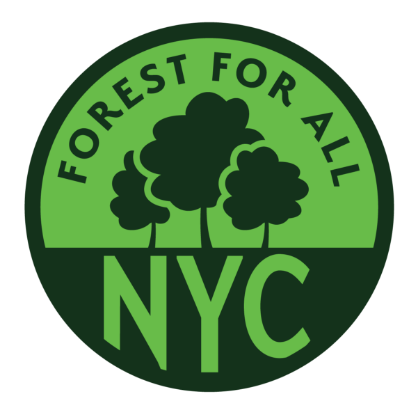By Caroline Spivack | Crain’s New York
The City Council is pushing the Adams administration to think big about growing the city’s tree-shaded areas by developing an urban forest master plan. The goal is to boost the role New York’s greenery plays in combating the effects of a changing climate in the five boroughs.
The more than 800,000 trees cared for by the city’s Department of Parks and Recreation provide an array of environmental and economic benefits: They sop up flood waters that would otherwise damage properties, reduce energy costs by shading buildings, and clean and cool the air—a crucial benefit New Yorkers were reminded of when wildfire smoke blanketed the region.
Currently, the city’s tree canopy covers 22% of the land within the city. A new City Council bill aims to expand that coverage to 30% with a strategic plan that would be updated every five years. The so-called urban forest master plan, which is sponsored by Manhattan Council member Eric Botcher, would establish goals to plant new trees and protect existing ones.
As of June 3, the parks department said, it has planted 13,154 trees this fiscal year and expects to reach 14,900 by June 30. That’s the highest number the department has tallied in six years.
Much of that greenery—more than 5,700 trees—have been planted in heat-vulnerable neighborhoods, guided by the NYC Heat Vulnerability Index, to ensure that trees are being planted where communities are enduring the greatest burden of heat-related health impacts. Those neighborhoods include Williamsbridge, Bushwick, Harlem and Sunnyside, among others.
“Our tree canopy is essential to fortifying our city from the harshest impacts of climate change,” said Council member Shekar Krishnan, who chairs the council’s Committee on Parks and Recreation and who represents Queens, during a Tuesday hearing.
“We know very well looking across our city that some neighborhoods have an immense amount of tree canopy,” Krishnan added, “and others, like my own in Jackson Heights and Elmhurst, don’t have nearly the tree canopy they need and the impact that has are immense disparities in surface temperatures, especially during the hot summer months.”
Boosting the city’s network of greenery is a costly undertaking that requires plenty of greenbacks. The average cost of planting a single tree, for instance, has ballooned to $3,600. That’s largely due to the limited pool of contractors available to perform tree work, which the city says it is working to expand. City lawmakers fear that with a shrinking parks budget and limited staff, the city’s trees may not get the care they need.
Jennifer Greenfeld, deputy commissioner for environment and planning at the parks departments, pointed to $2.7 million in new funds for tree risk management along with an extra $3.3 million for a new climber and pruner training program in Mayor Eric Adam’s revised budget proposal.
During Tuesday’s hearing, Greenfield said the city “appreciates the intent” behind the bill and looks forward to discussing the legislation further with city lawmakers.
“All New Yorkers deserve to enjoy the benefits provided by trees,” said Greenfeld. “So our planting program takes an equitable approach prioritizing neighborhoods suffering from extreme heat that have not been well served in the past.”
Original article here.
